Exercise Physiology integrating NIRS, ECG, and EMG as a learning tool
“Tell me and I forget, teach me and I may remember, involve me and I learn.”
This quote derived from the Xunzi, a collection of Confucian philosophical writings written by Xun Kuang [1] has been put into practice in Artinis. Over the past two months, junior and senior colleagues joined forces in a study at Scatt. This study aims to combine the integration of multiple measurement modalities: Near-Infrared Spectroscopy (NIRS), electrocardiography (ECG), electromyography (EMG), and a heart rate determination method. Scatt, short for Sports Centre, Advise, Testing and Training, offered us the possibility to perform hands-on research in a sports-science environment.
As a team, we work closely together with our customers. We are constantly developing and testing our devices to make sure we can fulfill the desires of the field. User experiences are the key fundament of internal innovation for the Artinis team.
New innovations travel back and forth between different departments within Artinis. Application Specialists give insight in customer requests, Research and Development find new measurement methods, Design and Engineering constantly look for further improvement of the equipment and Sales and Support find new ways to support every single customer. Especially for new employees, hands-on experience throughout the company is crucial in their development and no better way to do this than to set up a study.
The study we recently conducted consists of two data collections of the same subject. The first dataset is obtained from a healthy subject running at 60% intensity for 30 minutes. The second dataset is obtained during a multistage fitness test. Both tests are performed on a treadmill with two PortaMon devices placed on the shaved and cleaned upper and lower third of the vastus lateralis on both legs. A running task was chosen due to the disturbing character and high impact during initial contact of the landing phase.
Figure 1: two PortaMon devices placed on the subject’s upper and lower third of the vastus lateralis on both legs.
After attaching the NIRS devices, five ECG discs were stuck on the chest and four EMG discs stuck around the upper-left NIRS device. ECG and EMG signals were acquired with the TMSi-Refa amplifier and aligned and processed within our proprietary software, OxySoft. To monitor the first data collection for every participant, the 60% intensity test, we estimated the heart rate zone based on the Karvonen Formula [2]. With the aid of the Polar Vantage V and the heart rate band Polar H10, we kept the subject’s heart rate within predefined boundaries. Therefore the running speed for this test was subject-specific and solemnly dependent on heart rate.
Figure 2: the test set-up. Exercise Physiology integrating NIRS, ECG, and EMG in Artinis. Link: https://www.youtube.com/watch?v=SMMVCBiHUJ0
Flexion and extension movements in every step alter the oxy and deoxyhemoglobin level, showing a rhythmic output aligning with the cadence of the subject (figure 3). The figure shows the raw data of (an extended) multistage fitness test starting at 8.5 km/h.
Figure 3: Changes in oxyhemoglobin (red), deoxyhemoglobin (blue), total hemoglobin (green) and hemoglobin difference (black) over time. On the right side, a zoomed section showing the rhythmic cadence of approximately 147 steps per minute. This experiment starts with a standing rest of 5 minutes, 5 minutes warmup at event W, and then start (S) of the multistage fitness test at 8.5 km/h. Speed increases of 0.5 km/h at the event I, followed with 5 minutes of cooling down at event C and 5 minutes of rest at event R.
Both seniors and juniors participated in this project, either as subjects or researchers. This way, new employees get to experience hands-on sports science. Reflecting on the data collected with the PortaMon, we saw a decrease in amplitude of the trace over the course of the data collections, underlining the importance of experience. Note that the subject’s data shown in figure three, is acquired during the extended multistage fitness test and the subject ran at Eliud Kipchoge’s sub 2 hr race pace [3] at the end of the measurement. Since this is raw, unfiltered data, we can see an increase in noise artifacts and signal-amplitude near the end of the test, emphasizing an adequate sensor placement and attachment.
Integrating several methods was not only interesting in terms of data quantity but also for posthoc analysis. With varying backgrounds in e.g. neurology, biomedical engineering, and software development. sport tests can be new for some of our colleagues. Our Early Stage Researchers (ESR), the PhD students performing their doctoral researches within Artinis, helped with the data acquisition as well as the data analysis. Our own Naser Hakimi for example, who is experienced in integrating NIRS/ECG measurements [4], explained the optimal configuration and settings for electrocardiography. All under the direct guidance of Dr. Willy Colier. This knowledge, transferred by hands-on experience, together with the perfect environment provided to us by Scatt, made this internal study very beneficial!
““ Artinis would like to express gratitude to Scatt for providing us with the environment to test our devices in their research setting””




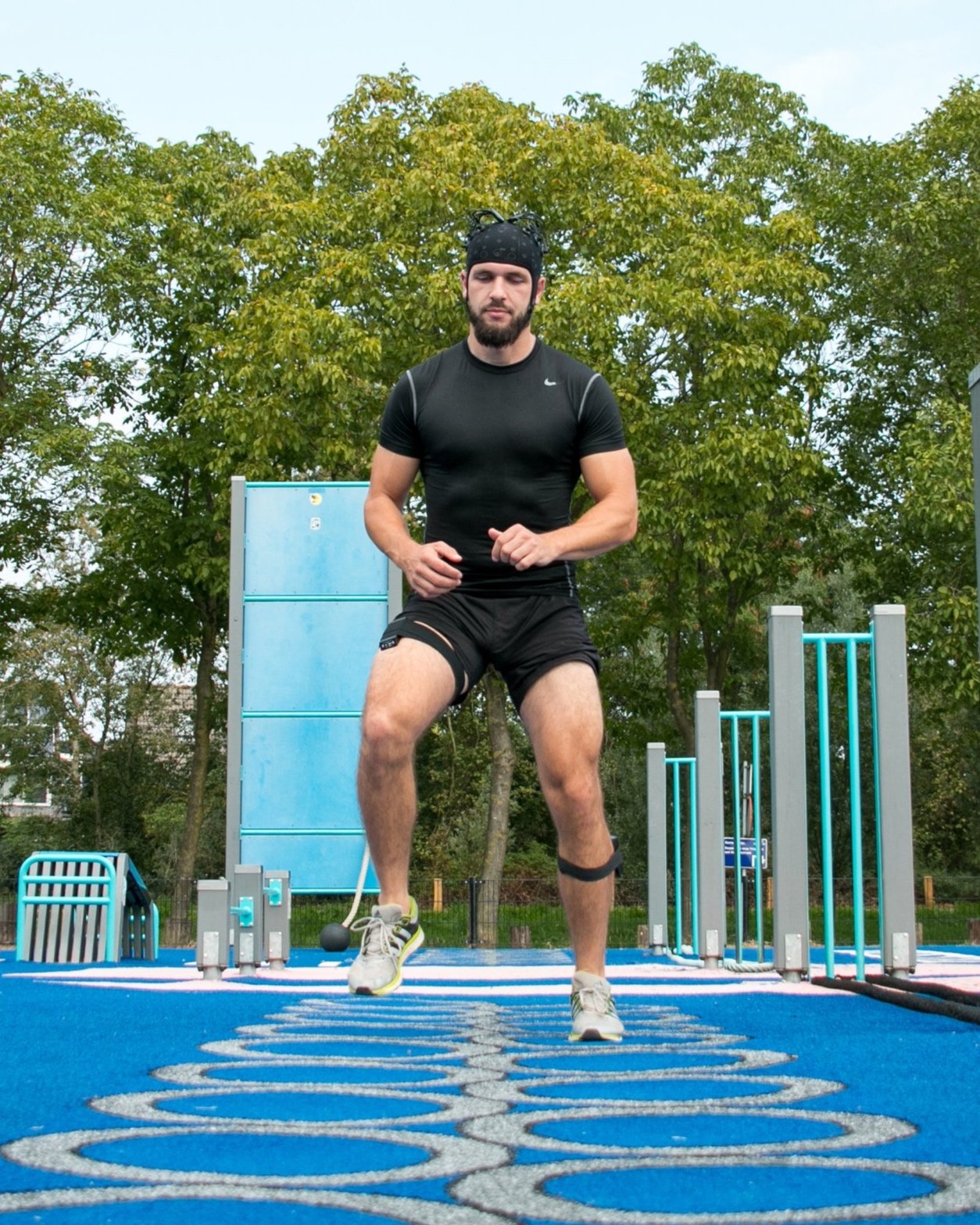
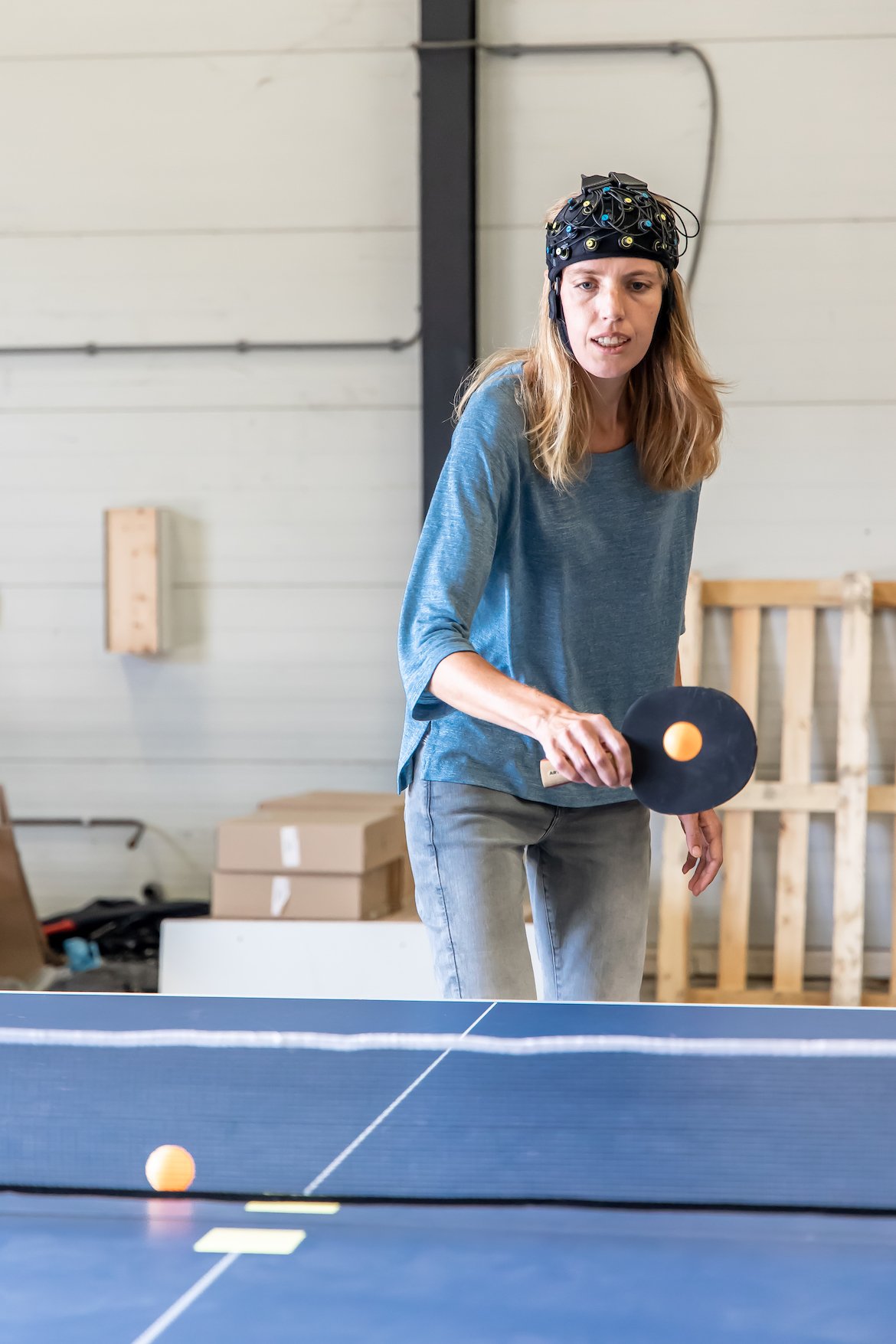
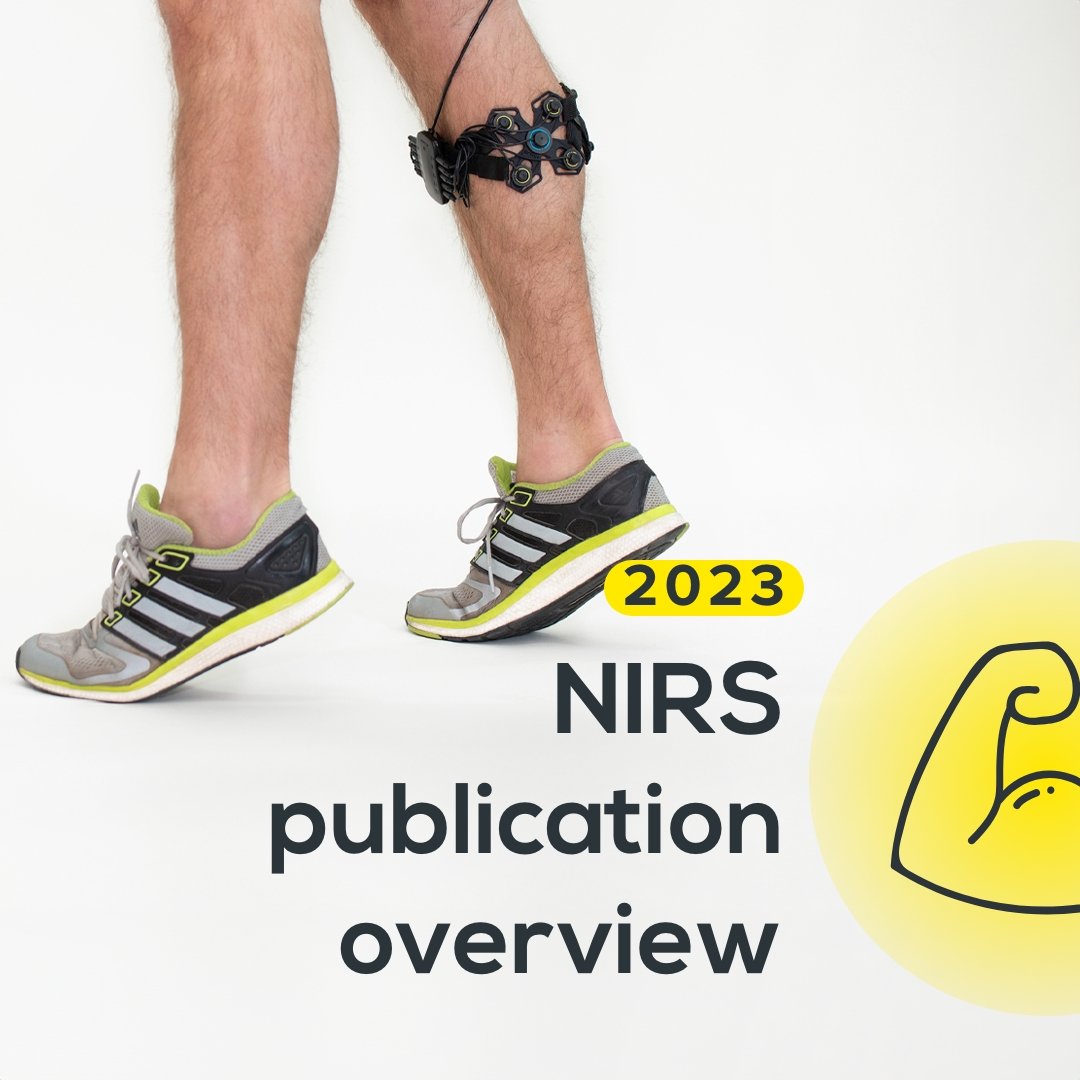
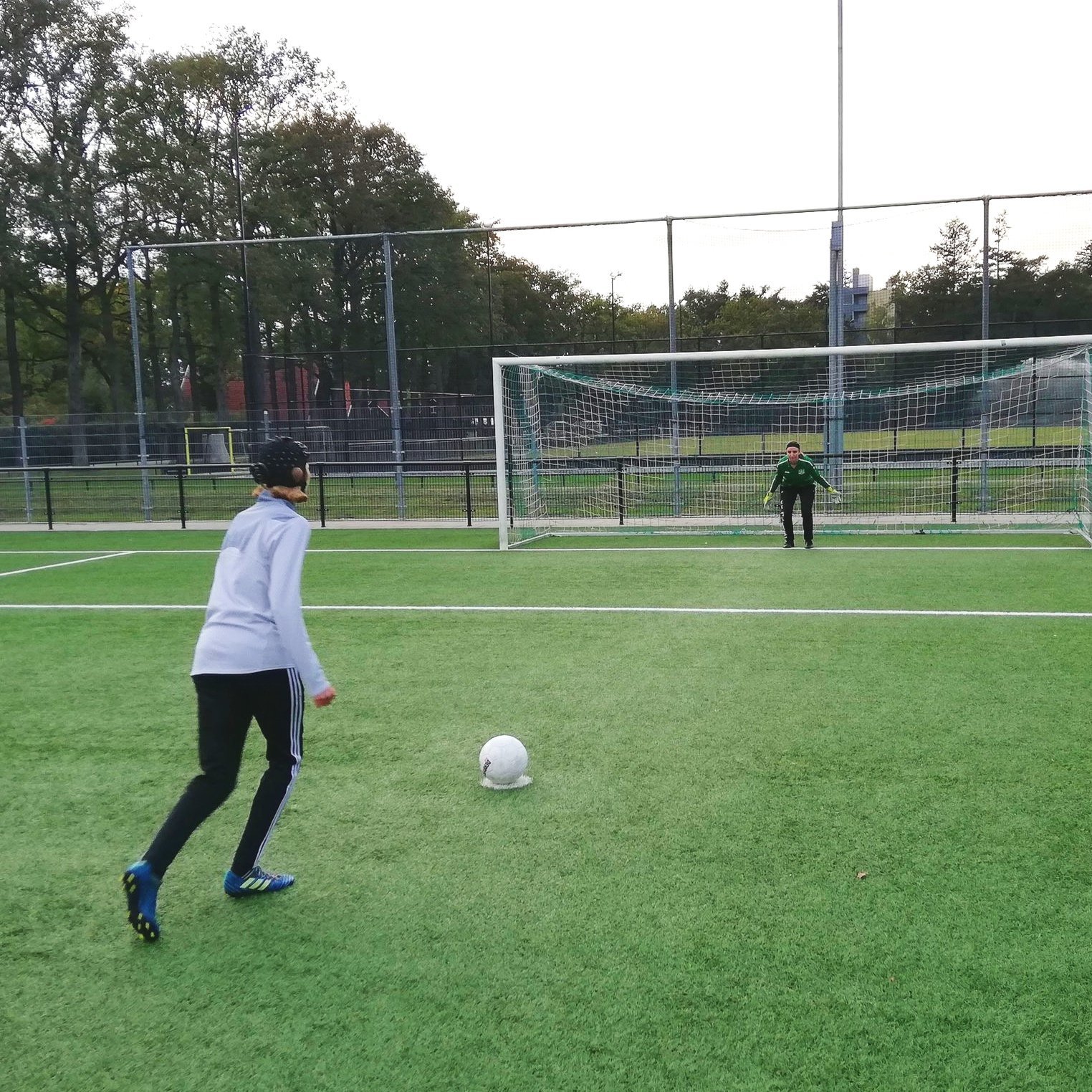
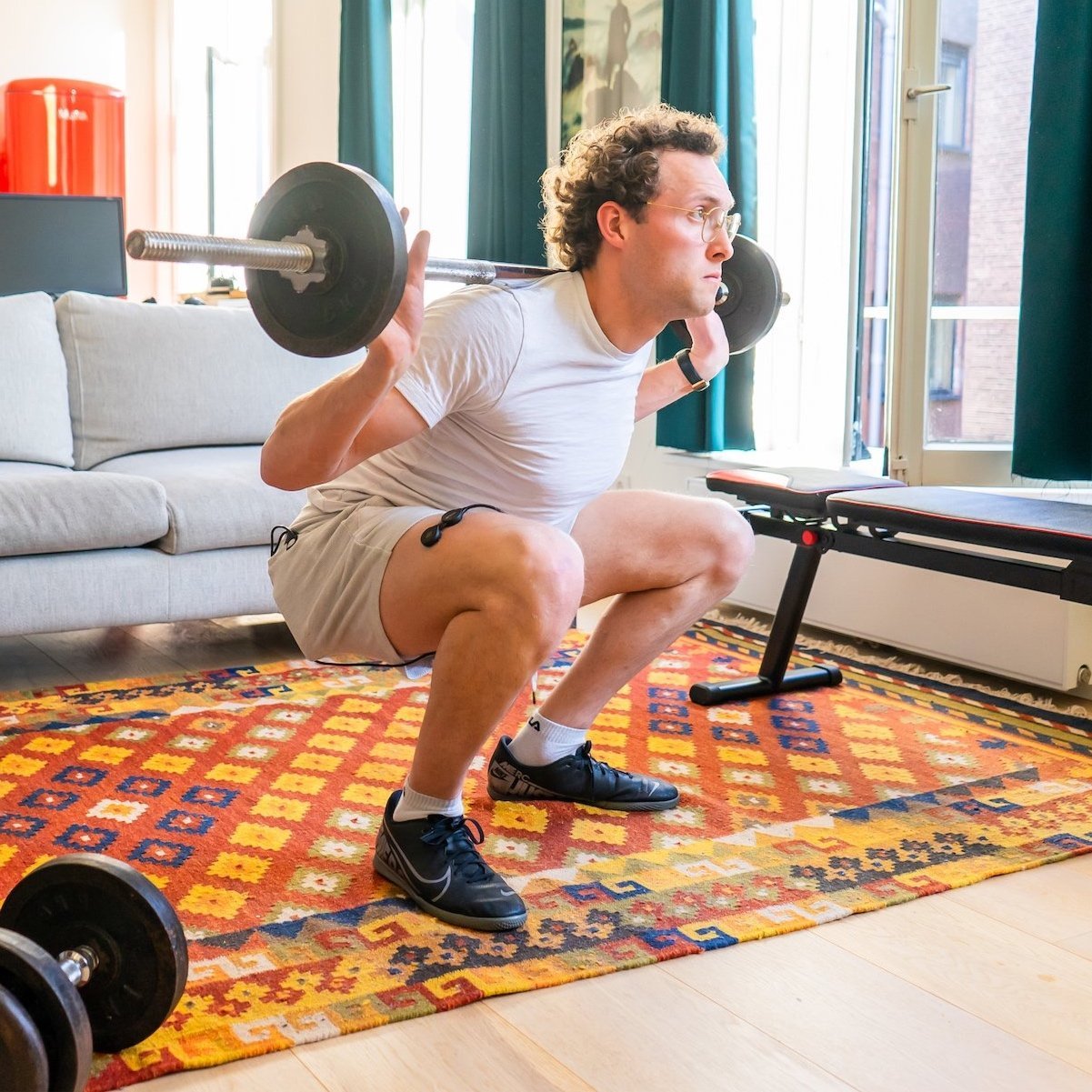

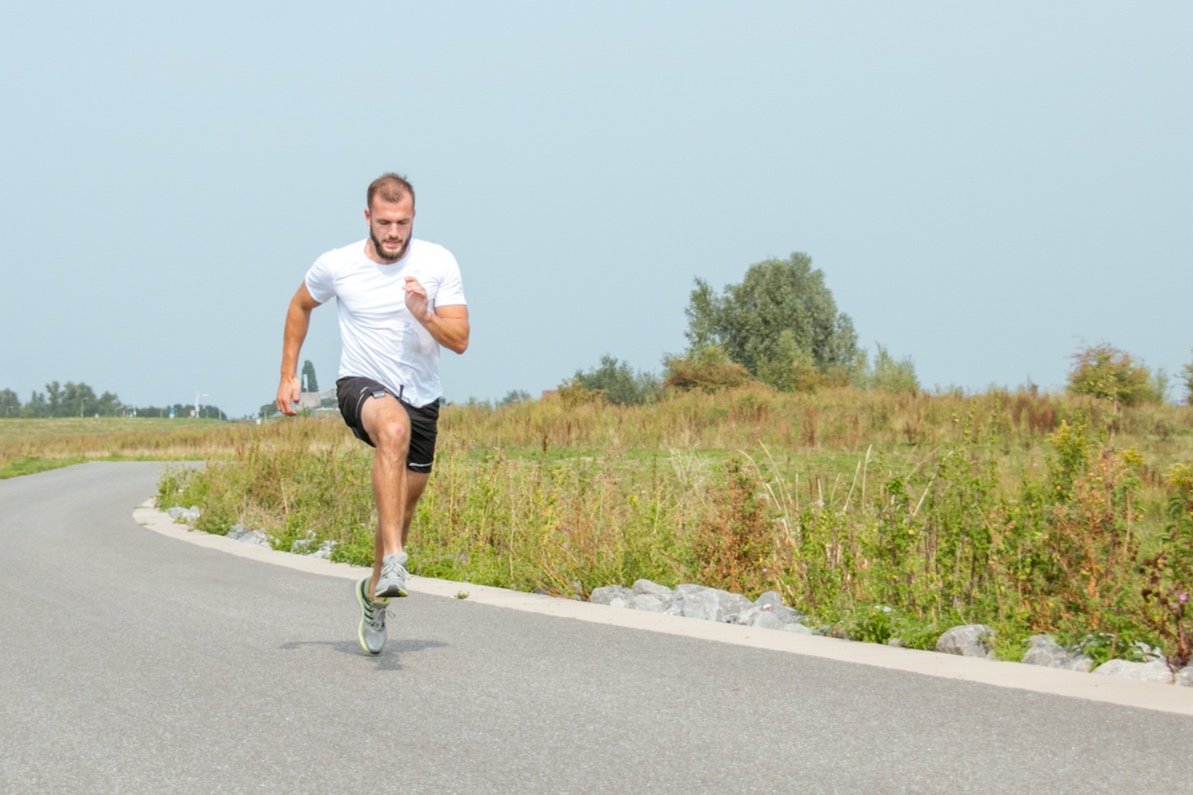
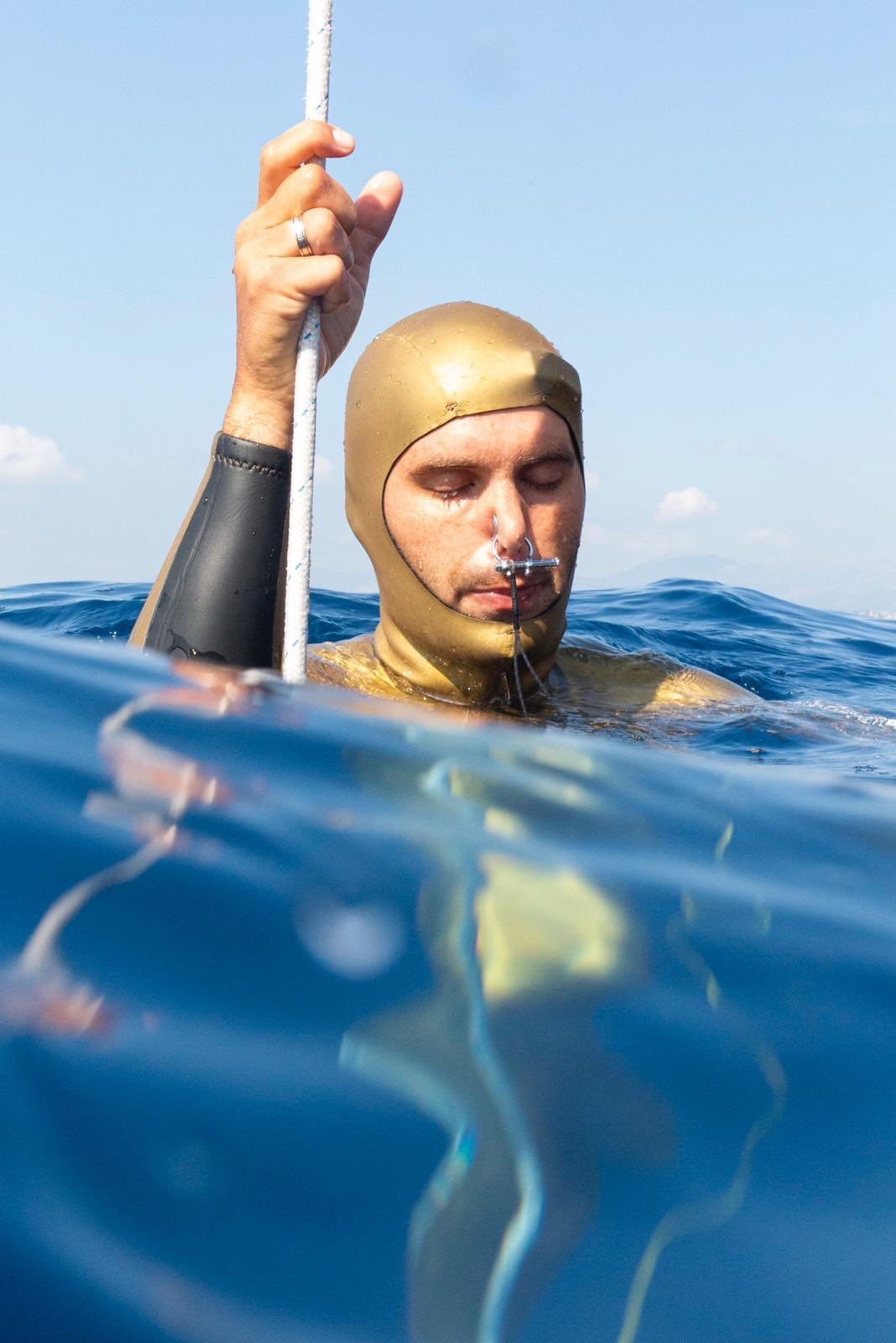
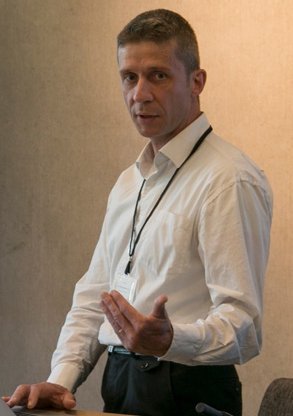

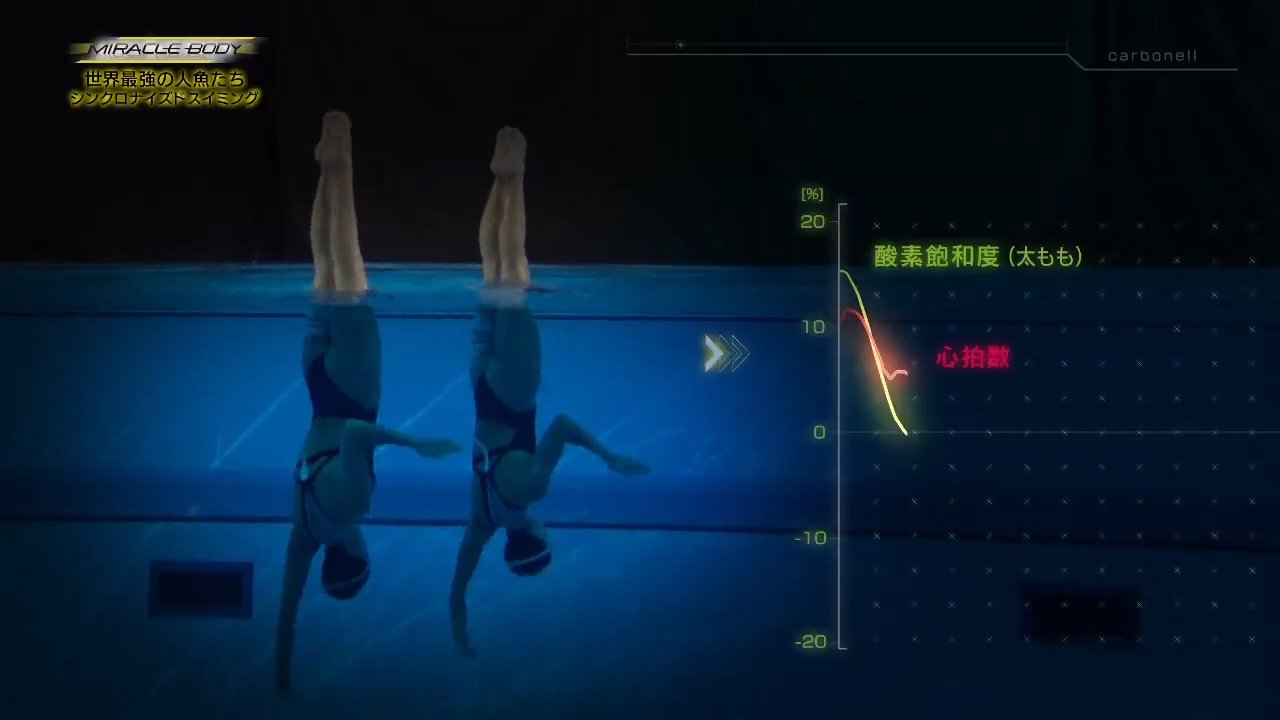

We are proud that several papers using our NIRS devices to measure muscle oxygenation from different body parts and in various application fields were published in 2022. Read this blog post to get an overview of application areas NIRS can be used in, and which devices can be applied. Also, find highlighted publications per category that were performed with our devices in 2022.